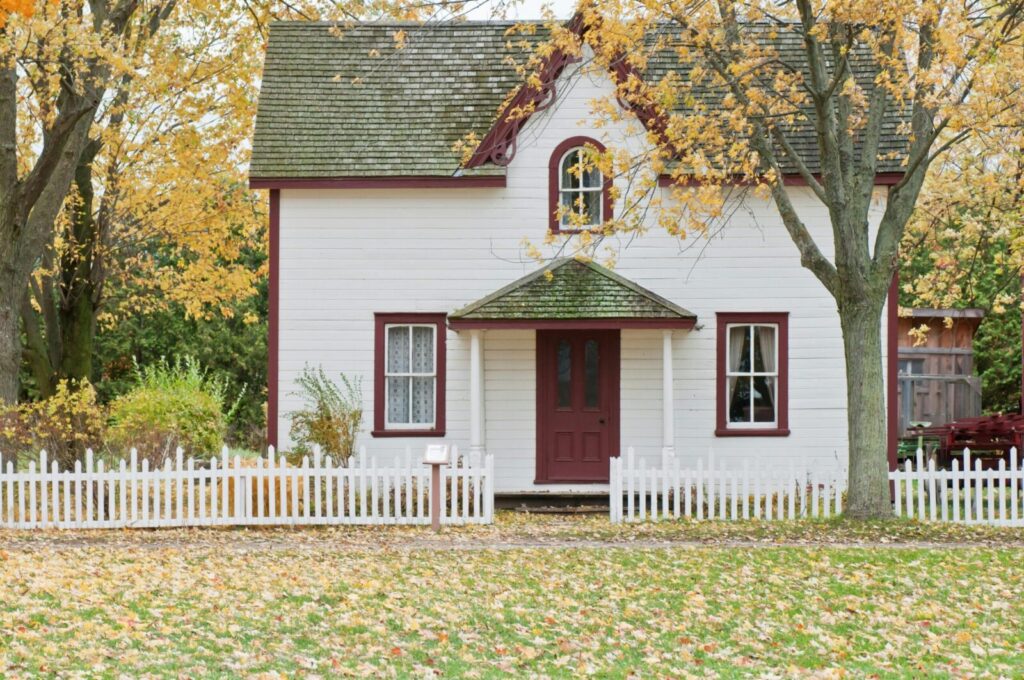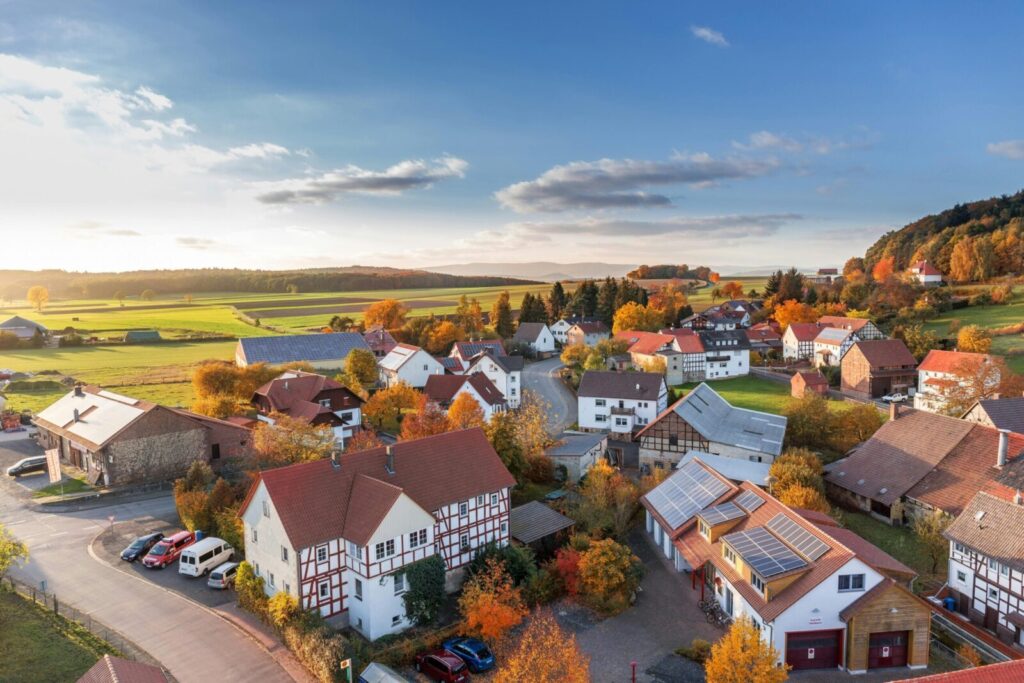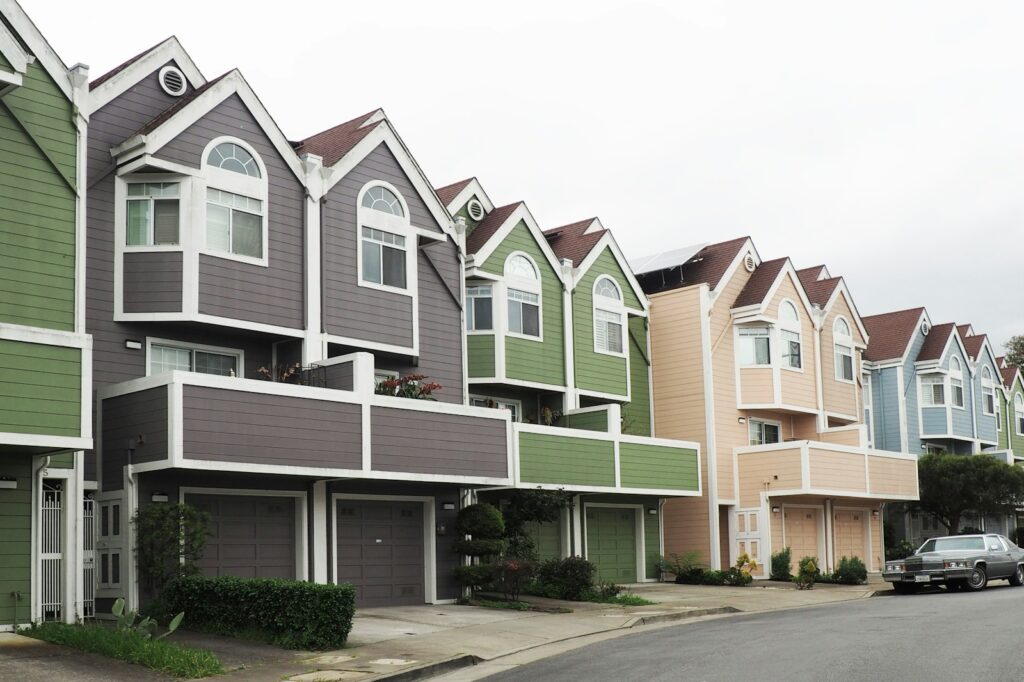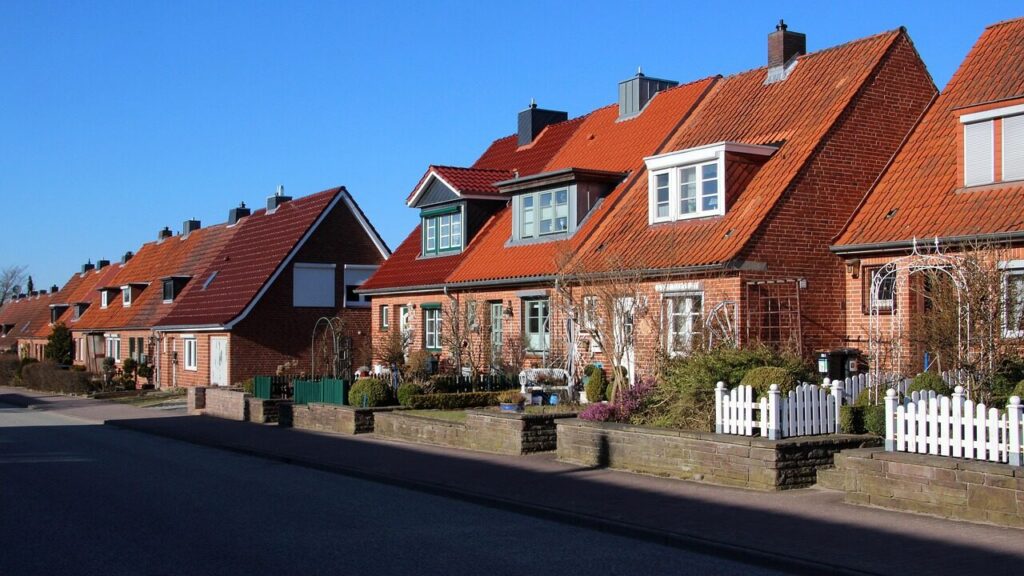North Carolina and South Carolina are experiencing a significant demographic shift as their populations age. Older adults are choosing to remain active, mobile, and engaged in their communities, which is influencing how cities and towns plan housing and infrastructure. Real estate developers are responding with age-friendly designs, smaller homes, senior-focused communities, and healthcare-integrated living options. This shift is not just limited to housing; it also impacts transportation, neighborhood layouts, and public amenities. The influx of retirees from other states further accelerates these changes. Understanding these trends is crucial for investors, planners, and community leaders in shaping sustainable, accessible, and inclusive environments that meet the evolving needs of the aging population.
1. Surging Demand for Senior-Focused Housing

As the senior population grows in the Carolinas, there is increasing demand for specialized housing options catering to older adults. Independent living communities, assisted-living facilities, and continuing-care retirement communities are being developed to meet these needs. Seniors prefer environments that support social interaction, safety, and access to healthcare. Developers are responding by constructing new communities with amenities such as fitness centers, common areas, and recreational spaces. These developments also offer varying levels of care to accommodate residents as their needs change over time. The demand for senior-focused housing is reshaping real estate investment priorities across the Carolinas, creating opportunities for long-term growth and stability.
2. Downsizing and “Right-Sizing” Homes

Many older adults in the Carolinas are choosing to downsize from large family homes into smaller, more manageable units. This shift allows seniors to reduce maintenance responsibilities, lower costs, and simplify daily living. Condos, townhomes, and single-floor homes are increasingly popular for this reason. Downsizing also enables older adults to access communities with supportive amenities such as social spaces, fitness centers, and nearby healthcare. Real estate developers are responding by designing compact homes with age-friendly layouts, including wider hallways, accessible bathrooms, and open floor plans. Right-sizing not only benefits seniors but also opens housing options for younger buyers entering the market.
3. Increase in Multigenerational and Accessory Housing

Multigenerational living and accessory dwelling units (ADUs) are becoming more popular in the Carolinas due to older adults’ desire to live near family. Seniors may move into homes with adult children or have separate secondary units built on the same property. ADUs, granny flats, or in-law suites provide independence while keeping families close, allowing for shared resources and caregiving support. Local governments are adjusting zoning regulations to accommodate these structures, creating more flexibility for property owners. This trend supports both aging-in-place and family cohesion, allowing older adults to maintain autonomy while benefiting from proximity to loved ones and a supportive residential environment.
4. Greater Investment in Healthcare-Integrated Real Estate

The growing senior population in the Carolinas has driven investment in healthcare-integrated real estate. Proximity to hospitals, clinics, and medical services is increasingly important to older adults choosing where to live. Developers are building senior communities near medical centers, offering easy access to healthcare and wellness programs. This trend also includes assisted-living facilities, memory-care units, and rehabilitation centers integrated into residential developments. Healthcare-focused communities appeal to retirees and their families who prioritize safety and accessibility. Investment in this type of real estate is increasing as seniors seek environments that combine comfort, community, and medical support, reflecting the broader trend of aging populations shaping real estate markets.
5. Retiree Migration Boosts Coastal and Suburban Real Estate

The Carolinas attract retirees from northern states due to their mild climate, lower taxes, and high quality of life. Coastal cities like Myrtle Beach and Wilmington are experiencing rapid growth in their older adult populations. Suburban communities are also seeing increased demand for age-friendly homes. This migration is driving new residential development, including planned retirement communities, condominiums, and smaller single-family homes designed for seniors. Developers are adapting to accommodate retirees’ preferences for social amenities, walkable neighborhoods, and low-maintenance properties. Retiree migration is therefore reshaping both coastal and inland real estate markets, influencing housing supply, pricing trends, and community planning throughout the region.
6. Infrastructure and Community Planning Pivot to Age-Friendly Design

Cities and towns in the Carolinas are redesigning infrastructure to accommodate an aging population. Wider sidewalks, safer pedestrian crossings, accessible public transportation, and mixed-use developments are becoming standard. Communities are adding amenities such as fitness centers, walking trails, and recreational spaces designed for older adults. Neighborhoods are being designed for walkability and convenience, with retail, healthcare, and recreational facilities within easy reach. These changes support active aging, reduce social isolation, and improve safety. Age-friendly planning benefits seniors while creating inclusive communities for all residents. Developers, city planners, and policymakers are prioritizing accessibility and mobility in new projects to ensure older adults can maintain independence and quality of life.
7. Rising Demand for Accessible and Universal Design

Universal design principles are increasingly important in the Carolinas’ real estate market as the population ages. Homes now commonly include features like single-floor layouts, no-step entries, wider doorways, and accessible bathrooms. These design elements make homes safer and more comfortable for seniors, while allowing residents to age in place. Builders are incorporating age-friendly technologies such as adjustable countertops, lever handles, and non-slip flooring. These features appeal not only to seniors but also to families seeking flexible, long-term housing. As older adults prioritize comfort, accessibility, and safety, universal design is becoming a key factor in real estate development across both North and South Carolina.
8. Real Estate Investment Shifts Toward Senior Housing

The aging population has shifted investor focus toward senior housing markets in the Carolinas. Independent living, assisted living, and memory-care facilities are increasingly attractive due to steady demand and predictable occupancy rates. Institutional investors and private developers are prioritizing these assets as long-term revenue generators. Senior housing developments often integrate amenities, healthcare access, and community features, making them appealing for retirees and families alike. The growth of the older adult population ensures that demand will continue to increase over time. Real estate investors recognize that senior-focused housing is not just a niche market, but a strategic opportunity with durable growth potential in the Carolinas.
9. Growing Pressure on Long-Term Care and Memory Care Facilities

The Carolinas’ aging population is driving demand for long-term care and memory-care facilities. With an increasing number of residents aged 85 and older, there is a critical need for specialized support for Alzheimer’s, dementia, and other age-related conditions. Developers and public agencies are expanding assisted-living communities and memory-care units to meet this need. These facilities combine medical support with comfortable residential settings, offering both safety and quality of life for residents. The trend is shaping real estate investment, land use, and community planning, emphasizing the importance of creating environments that support older adults’ health, independence, and social engagement.
10. Intergenerational Wealth Transfer and Market Impacts

As baby boomers in the Carolinas age, the transfer of real estate assets to younger generations will reshape housing markets. Many seniors are downsizing, selling family homes, or passing properties to heirs, which increases housing inventory. This intergenerational transfer affects pricing trends, neighborhood composition, and market dynamics. Younger buyers gain access to established properties, while developers focus on building new, age-friendly homes to accommodate seniors. The shift in ownership also presents opportunities for investment in senior-focused housing and community planning. Understanding how wealth transfer intersects with aging trends is essential for developers, investors, and planners navigating the evolving Carolinas real estate landscape.
Comments